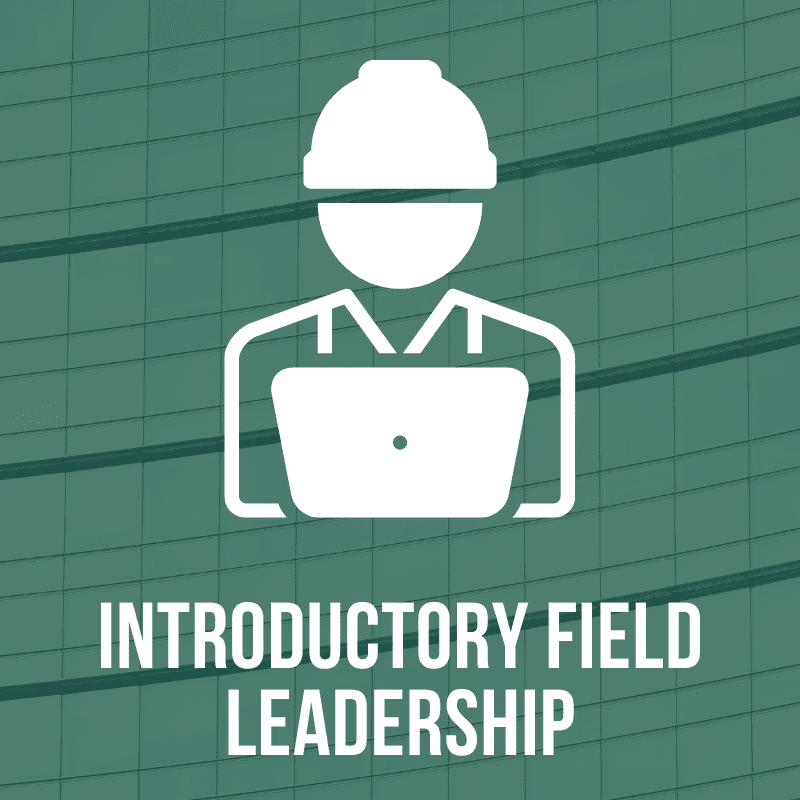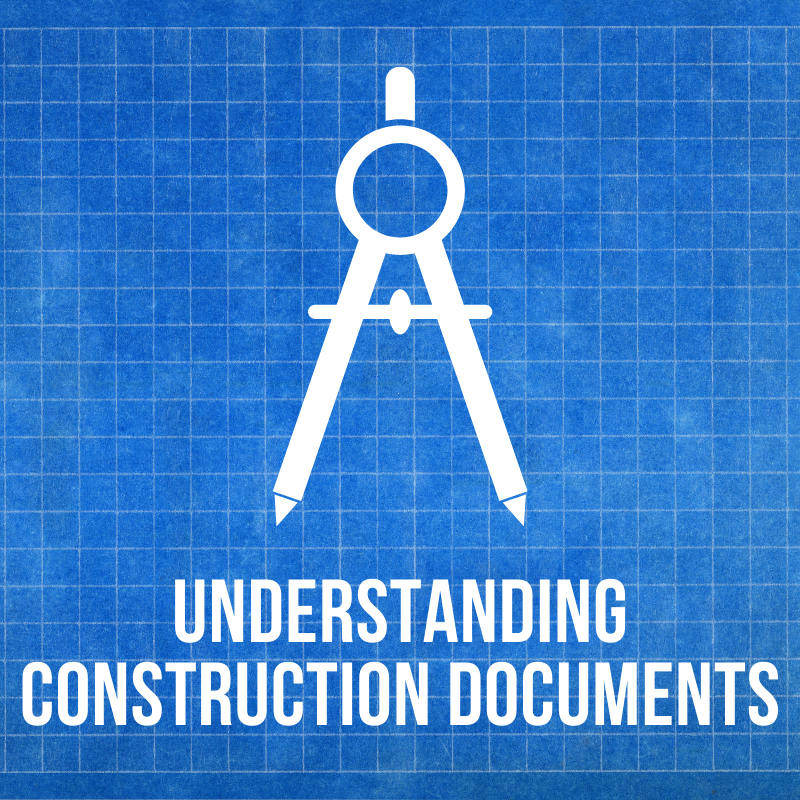Programs: High School | Adult Skilled Trades | Industry Professional Development
carpentry IV
Carpentry Training and Certification
Schedule
- Next Course Offering: Fall 2022
- Day(s) of Week: TBD
- Tuition / Fee: $TBD
- Lead Instructor: TBD
- Certificates: WMCI Carpentry IV Certificate
- Certificates: NCCER Carpentry IV Certificate
- Certificates: Carpentry Curriculum Completion
- Certificates: NCCER Certified Carpenter
Course Curriculum
Site Layout One: Differential Leveling
Covers the principles, equipment, and methods used to perform differential leveling. Also covers the layout responsibilities of surveyors, field engineers, and carpenters; interpretation and use of site/plot plan drawings; use of laser instruments; and methods used for on-site communication.
Site Layout Two: Angular and Distance Measurement
Covers the principles, equipment, and methods used to perform site layout tasks that require angular and distance measurements. Tasks include laying out building lines and determining elevations by trigonometric leveling. Covers the use of transits, theodolites, electronic distance measurement, and total stations. Reviews trade mathematics needed to perform calculations related to angular measurements.
Advanced Roof Systems
Covers commercial roofing materials and structures and describes the procedures for installing commercial roofing such as lap seam, standing seam, and built-up roofs.
Advanced Wall Systems
Covers installation of a variety of finishing materials, including concrete masonry units and brick. Also covers installation of curtain walls and fire-rated commercial construction.
Advanced Stair Systems
Provides extensive coverage of the materials and techniques used in finishing wooden staircases. Also covers a variety of stair systems used in commercial construction.
Introduction to Construction Equipment
Introduces construction equipment, including the aerial lift, skid steer loader, electric power generator, compressor, compactor, and forklift. An overview of general safety, operation, and maintenance procedures is provided.
Introduction to Oxyfuel Cutting and Arc Welding
Introduces the equipment, procedures, and safety practices used in cutting steel with oxyfuel equipment, as well as shielded metal arc welding, gas-tungsten arc welding, and gas metal arc welding. Labs include practice in cutting and welding techniques.
Site Preparation
Covers the planning process that precedes the start of work on a construction site, including environmental considerations, personnel issues, access roads, traffic control, permits, site safety, utilities, and crane-related concerns.
Fundamentals of Crew Leadership
Covers basic leadership skills and explains different leadership styles, communication, delegating, and problem solving. Jobsite safety and the crew leader’s role in safety are discussed, as well as project planning, scheduling, and estimating. Includes performance tasks to assist the learning process.

Craft Training Industry Professionals Open Courses
Carpentry Training II – Advanced
What you'll learn:
Carpentry Jobs

Adult Craft Program Craft Training Industry Professionals Open Courses
Concrete I
What you'll learn:
Concrete Jobs:

Certifications Industry Professionals Open Courses
Introductory Field Leadership
What you'll learn:
Who should attend?

Certifications Industry Professionals Open Courses
Advanced Field Leadership
What you'll learn:
Who should attend?

Certifications Industry Professionals Open Courses
Understanding Construction Documents






